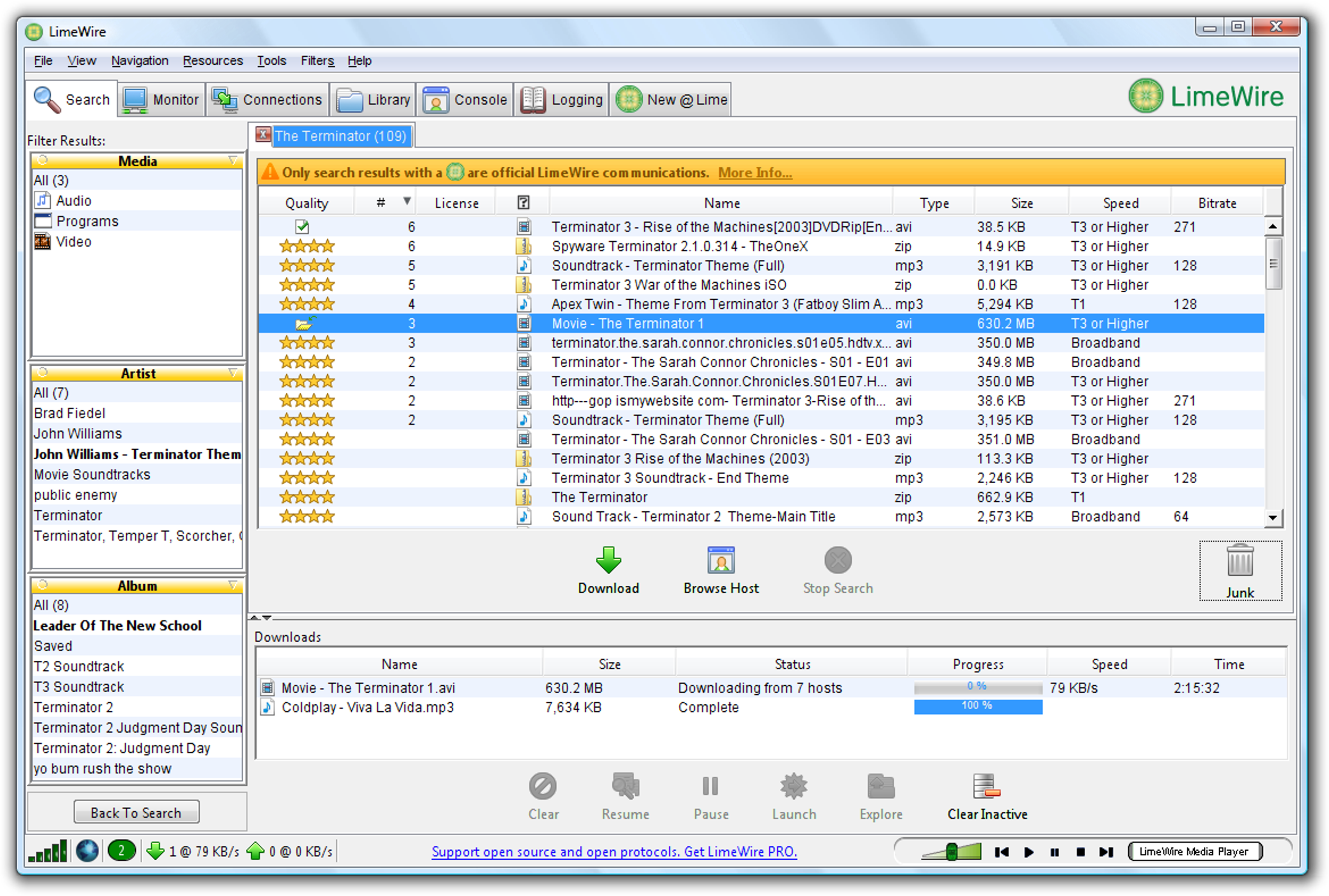Let’s face it — almost all of us have watched (or listened to) a “questionably legal” stream or copy of something on the internet. I’m dating myself here a little bit, but back in college, Limewire was omnipresent, with everyone downloading (err…“sharing”) copies of whatever music struck their fancy. Then came the days of finding those copies of your favorite movies and TV shows through sketchy websites so you didn’t have to buy them on DVD.

Fast forward to today, and, to quote Jean-Baptiste Karr (who actually knew he said this?), “The more things change, the more they stay the same”. Even with the vast accessibility of content providers and video streamers, content piracy is a larger problem now than it’s ever been before. Some estimates have digital video piracy costing between 25 and 70 billion dollars, with the downloading of illegal content taking up to 25% of global internet bandwidth. That’s a staggering amount of content piracy!
More than just lost content: The effects of piracy
The reality of video on the internet is that if someone has the will, they can steal your content.
Trust us, we know this well. One night in early November of 2021, pagers started going off, waking up multiple engineers on our team and, eventually, me. We were receiving reports of video playback failing at an unacceptable rate, seemingly focused only in one geographic region. We checked everything we could — origin, CDN, origin shield — but nothing stood out.
After some more digging, we realized that all of these reports were specific to two ASNs, both in Spain. We reached out to these ASNs and we found out that our entire service had ended up on a blacklist for unknowingly hosting pirated soccer (sorry, non-US friends, football) streams. (The story doesn’t stop here, for the tale of how we made it through this pirate adventure make sure to read the post by my colleague Mark.)
Piracy affects everyone who operates in the world of streaming video, from creators to the infrastructure services used to host that content.
Let’s explore how piracy affects each piece of the content pipeline:
Underlying service providers (ISPs, ASNs, and CDNs)
Service providers host so much content that having an in-depth understanding of every piece of content you host can be a hard problem to solve. If they become known for hosting content that they shouldn’t (pirated content), not only is there a risk to their reputation in the industry, but they might also start getting blocked by peer network providers, as they try to protect their own services. This carries a large monetary risk associated with a service provider’s reputation and may pose a threat to their business as a whole.
Companies that host content (such as Mux)
Similar to ISPs and ASNs, they host a lot of content and face the same hard problem of understanding every piece of content on their platform. These companies share the same risk as the ISPs and CDNs, in that the vendors they rely on to provide their service might choose to distance themselves if issues persist. However, they carry an additional risk — if they become known as an entity that hosts pirated content, legitimate content owners may choose not to do business with them in the future, while illegitimate streamers may flock to your services en masse. This is the triple whammy —- the company’s vendors may blacklist them, they may not be able to attract new legitimate customers, and they might attract the bad ones, all of which can have a brutal impact on the success of your company.
Content creators and owners
Content owner and/or creator are building their business off of the content itself and monetizing the content through avenues like ads, subscriptions, or one-off purchases. As such, they rightly are protective of their content. They certainly don’t want content available for viewing outside of the platforms they control, which has been a problem for some high-profile content creators recently. Likewise, they also don’t want their content hosted on a platform that makes it easy for someone to steal their video. And lastly, they don’t want their name associated with a company that has a reputation for hosting illegal or pirated content.
The bottom line is that hosting video on the internet requires trust all the way down — content owners need a hosting partner that they trust, and likewise, the hosting partner needs to be able to trust their underlying service providers. If that trust is broken at any layer, you carry a risk to your business. How to quantify that risk depends heavily on your specific case, but it’s something that must be taken into account to be successful in video streaming over the internet.
So what can you do about it?
The landscape of content protection — what you can do to protect content and what people can do to get around it — is too vast to go into in this post, which is why you should check out this post from Dylan. To cut it short (you should really read the whole post): it’s always a game of cat-and-mouse. For any way you find to protect your content, someone can work around it. But does that mean you should just throw up your hands and let the pirates take over? No.
What you do boils down to effort. People will try to pirate your content. The question, however, is how much effort are they willing to put into that endeavor. And, on the other side, how much effort are you willing to (and able to) put into fighting that piracy? The key is to find the right balance, for the right content, within the landscape of content protection.



